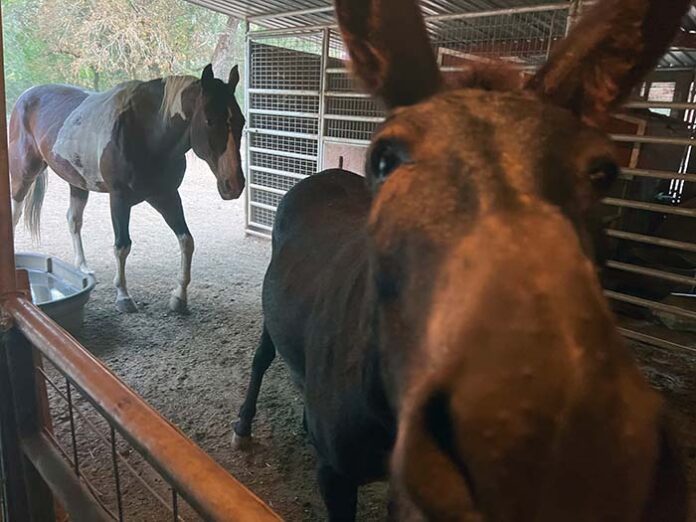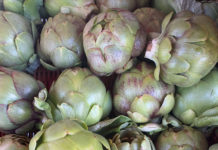Did you ever find yourself falling in love with a donkey? Wait. Wait! Don’t answer that!
My closest neighbor is a donkey. Arturo is not a mean donkey, but he’s not sweet either. The other day, he got into it with the llama. It was more than words. The llama is ok but getting old; its neck droops. Kinda sad looking, which Arturo did not make better.
But here’s the endearing thing about Arturo—his braying. Have you heard a donkey bray recently? It is one of the sillier sounds.
A horse neighs and snuffles; a dog barks; a cat purrs and screeches, but a donkey? Donkeys seem unable to make up their mind on the sound that comes out. First one thing, then another. And donkeys are not timid about this. They bray at full throat.
And so that is how it begins. I hear that ridiculously silly sound and bust into a big smile, maybe even a chuckle. You go, Arturo. You do you. No matter how ridiculous your bray is—you go for it, bro.
Oh, and don’t even get me started on the llama. Llamas’ vocalizations are worthy of a Rod Serling soundtrack. Go ahead, Google them; you’ll smile too. Makes my day, every day.
Fun facts: Mules were used extensively by the U.S. Army. A mule became their mascot in 1899, to compete with the Navy’s goat. In 1927, there were six million mules in the U.S., and now there are about 25,000.
A mule is a cross between a donkey and a horse. Male donkeys (jacks) make mules, while female donkeys (jennets) make hinnys. A horse has 64 chromosomes, and a donkey has 62, diverging about 24 million years ago on the evolutionary tree. Since a mule has 63 chromosomes, it is sterile as a result.
George Washington wanted mules for Mount Vernon, but the best donkeys were in Spain and the king forbade their export—deeming them a competitive advantage and national treasure. As president, Washington enticed King Charles to send donkeys as a gift to the new nation. Shortly thereafter, Mount Vernon’s fields were plowed by mules.








